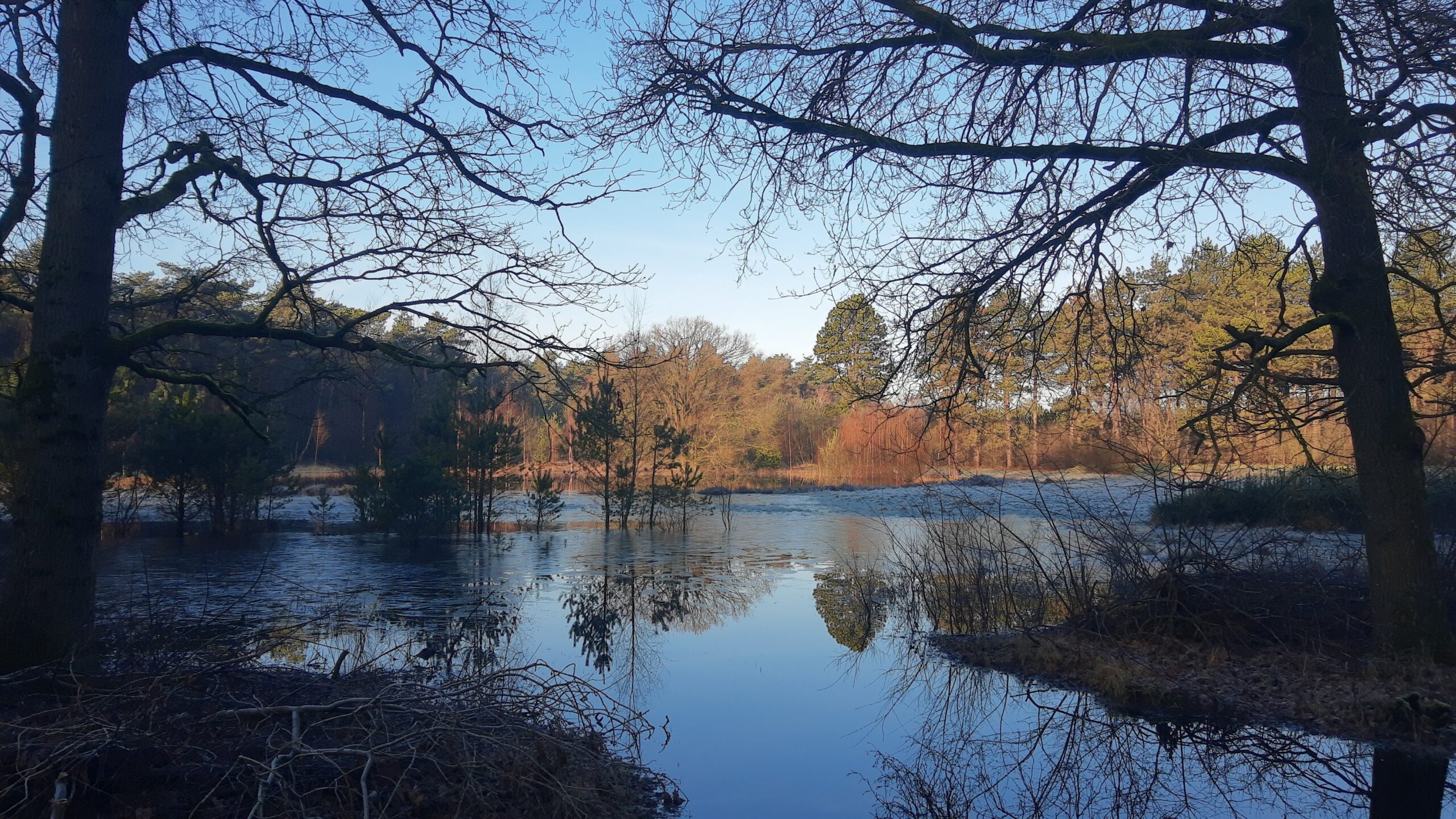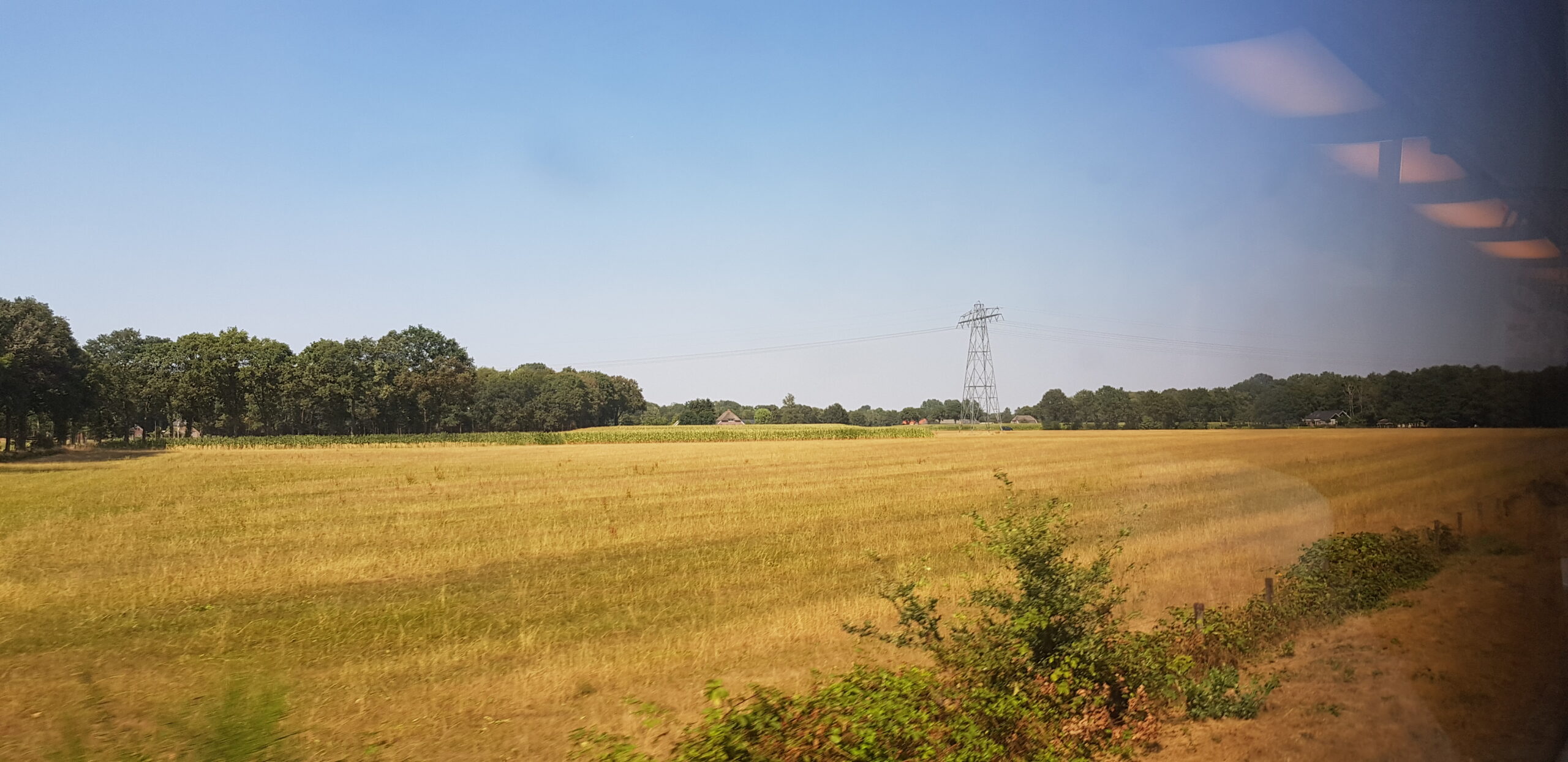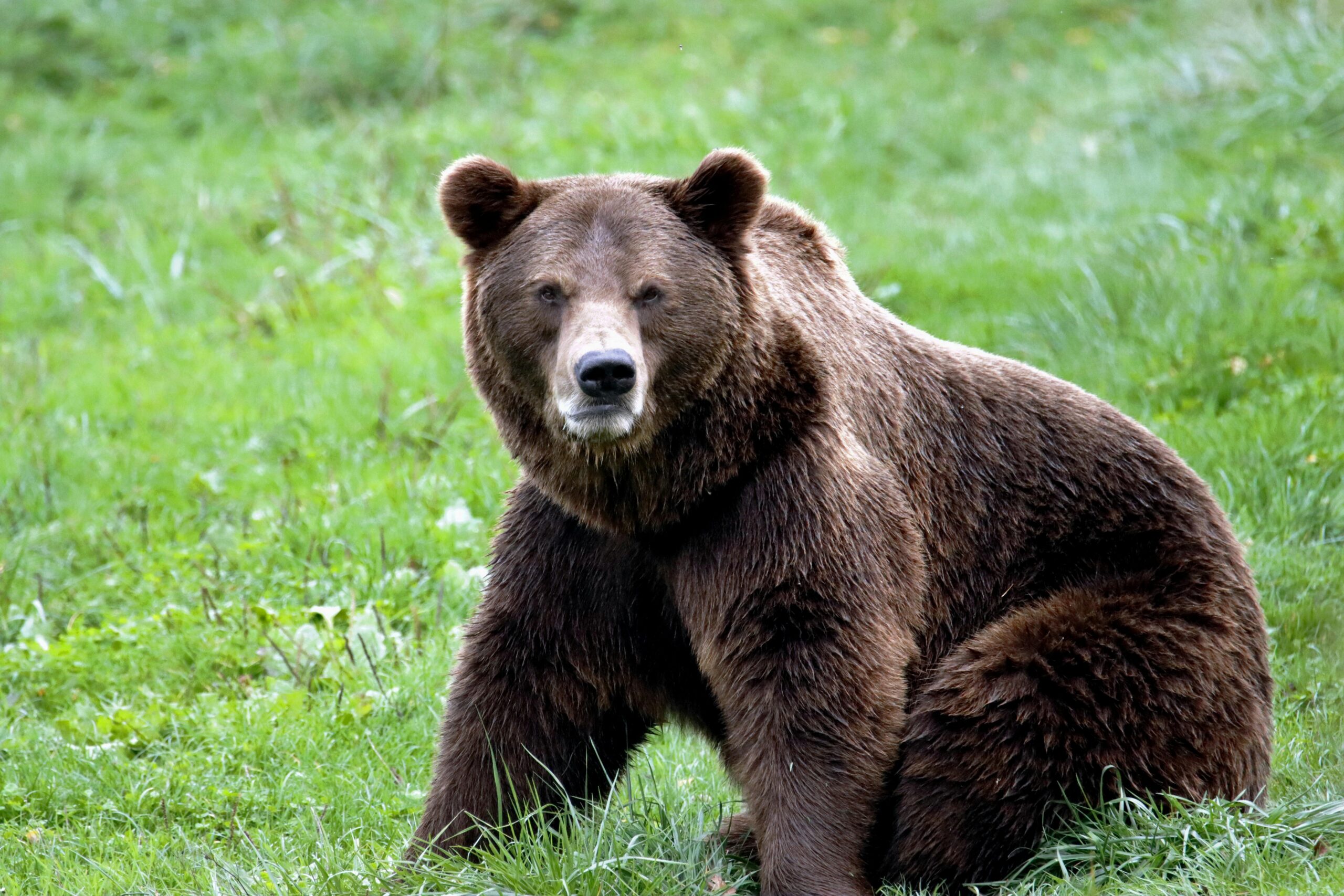As an ecologist who works at an institute where ecosystem monitoring with Remote Sensing is a key activity, I know nature is variable and can have many faces. It varies over seasons and it varies over years. Some years are drier, other years are wetter. So we know that, to really look at changes in nature, we need to look at the longer trends. We have to stay vigilant not to confuse weather with climate, or short term fluctuations with nature degradation. But the data we see is scary. Take for example a look at NASA’s climate spiral from 1880 to now: https://svs.gsfc.nasa.gov/5190/ A personal experience of how the increase of temperatures affects us can be seen in the photograph above. It was taken in August 2018 from the train while travelling from work in the east of the Netherlands to my home. It looks almost like a savanna. In previous years it always remained green year round. Even though 2018 did not make it in the books as a record drought year since we started recording – although it was in the top 5 after all – it showed very clearly the impact of drought. And not only in the agricultural fields. For example, rivers had too low water levels for boats to navigate them. I could witness that on a daily basis when crossing the Ijssel bridge by train. The risk of droughts is expected to increase in the years and decades to come. Any farmer that remembers the impact of the 2018 drought should realize that counteracting climate change and creating robust nature are essential. Not just for nature, but for our own survival.

Weemoed en hoop
Een tijdje geleden werd ik door een student geïnterviewd over natuurbeleving en hoe belangrijk biodiversiteit voor mij persoonlijk is. Tijdens

